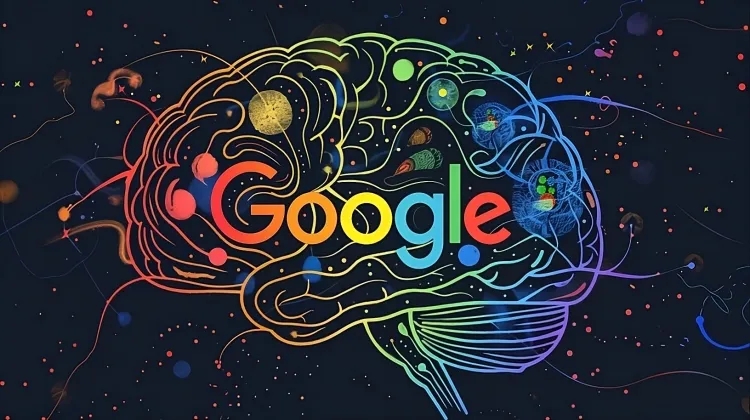
Google Cloud held its inaugural Cloud Next conference today at the Mandalay Bay Convention Center in Las Vegas.
Google made major AI-focused announcements during their Cloud Event last week. Thomas Kurian, the CEO of Google Cloud, addressed many aspects of AI ranging from hardware upgrades and Gemini integration expansion, as well as upgrades for existing models at play.
As things played out, Google’s premier platform for developing, training and deploying machine learning (ML) projects came up frequently in conversation. They announced several upgrades aimed at making their offering more suitable to developers with various needs.
Here’s an outline of some of the biggest upgrades planned for Vertex AI.
Vertex AI allows users to work with over 130 models, such as Gemini and partner models such as Claude 3; popular open models Gemma, Llama 2 and Mistral are also supported. Expanding this work, Vertex AI recently made Gemini 1.5 Pro available as public preview; this gives access to longer context windows (up to 1 million tokens), processing audio streams including speech/video integration for cross-modal analysis as well as processing audio/video streams for cross-modal analysis.
Vertex AI will also receive an enhanced Imagen 2 with the capability of producing animated images lasting four seconds, as well as a fine-tuned version of Gemma called CodeGemma for code generation and assistance. Imagen 2 will also offer advanced photo editing features like inpainting/outpainting tools according to Google.
2. Grounding Capabilities to Achieve Better Results
While new models provide greater capabilities, they may not always provide accurate information. That is where Google’s new Search-based grounding feature comes into play – currently in public preview mode – which combines foundation model outputs with high-quality information sourced via Search to enhance completeness and accuracy in responses.
If search-based grounding doesn’t work, the company is also providing the capability of using Retrieval Augmented Generation (RAG) models sourced from enterprise apps like Salesforce or Workday for grounding models.
3. Expanded MLOps Tools to Drive Performance
As Vertex AI’s lineup of models can make identifying the optimal option difficult, Google Cloud announced plans to add additional MLOps tools that provide immediate management and evaluation services to its MLOps tools platform to assist teams.
The former provides teams with a collaborative library of prompts that allows them to compare iterations side-by-side and evaluate how small changes in a prompt can impact model performance, while providing versioning, the option to restore old prompts, and AI-generated suggestions on improving prompt performance. Meanwhile, the latter enables a way for organizations to evaluate 1st party, 3rd party and open source models at specific tasks with metrics for dimensions like instruction following and fluency performance as well as AutoSXS for further insights into why one model outs performs another.
4. No-Code Vertex AI Agent Builder
Google recently unveiled Vertex AI Agent Builder, an offering which brings together foundation models, Google Search and various developer tools to assist enterprises in creating and deploying generative AI agents for various use cases. Interestingly enough, Agent Builder caters to developers of various skill levels: either use Gemini for natural language prompts to build AI agents with no-code console or open-source frameworks such as LlangChain available through Vertex AI.
Search and enterprise data support grounding efforts as well.
5. Expanded Data Residency
To meet ever-increasing data sovereignty and regulatory needs, Google announced new regions for their data residency initiative. According to them, enterprises using Gemini, Imagen, and Embeddings APIs on Vertex AI can choose their storage location among eleven new countries: Australia, Brazil, Finland, Hong Kong India Israel Poland Spain Switzerland Taiwan
Google recently unveiled 10 regions across North America, Europe and Asia and gave users more control over where and how their data was stored and accessed. There’s even an option to limit machine learning to U.S. or EU locations when using Gemini 1.0 Pro or Imagen models.


